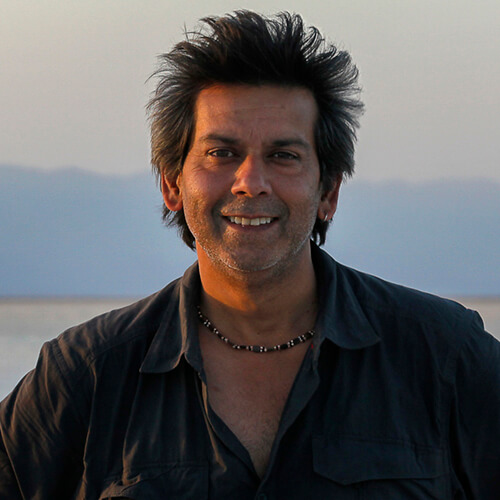Tariq Zaidi is a freelance photographer currently based out of London, UK. In January 2014, he gave up an executive management position to pursue his passion of capturing the dignity, strength and soul of people, within their environment. His photography focuses on documenting social issues, inequality, traditions and endangered communities around the world.
Tariq's stories, images and videos from Afghanistan, Angola, Brazil, Cambodia, Chad, DRC, El Salvador, Ethiopia, Georgia, Haiti, Indonesia, Mongolia, North Korea, Republic of the Congo & South Sudan have been featured internationally in over 900 magazines / newspapers / websites (in more than 90 countries) including
The Guardian,
BBC,
CNN,
National Geographic,
Smithsonian Magazine,
Los Angeles Times,
Washington Post,
Chicago Tribune,
Der Spiegel,
El Pais Semanal,
Geo,
Independent On Sunday,
National Geographic Traveler,
GQ,
Marie Claire,
Vogue,
GQ Style,
Esquire,
PDN,
Frankfurter Allgemeine Zeitung,
6 Mois,
Telegraph,
Conde Nast Traveler,
Global Times China,
Internazionale,
Feature Shoot,
China Daily,
People's Daily,
China,
Deutsche Welle,
Das Erste/ARD,
Hindustan Times,
Newsweek,
Foreign Policy Magazine and
Times of London among other respected international titles.
Tariq has won many major international photography awards (
POYi, UNICEF, NPPA, PDN, IPA, AI-AP,
AAPA etc). His work has been shown in 80 international exhibitions and he has worked on projects and assignments in 21 countries across 4 continents. He is a self-taught photographer, holds an M.Sc. (Master of Science) from University College London and is an Eddie Adams Worksop 2015 Alumini.
In Feb 2018, Tariq was awarded one of the Premier Awards in
POY75 (Pictures of the Year International Competition) - "Photographer of the Year" Award of Excellence for his work from North Korea, Congo and Brazil and also for 2nd place in the Feature Category in the same year. He was also a winner of
PDN Photo Annual 2018 (Photojournalism / Documentary Category) and was awarded
The Marty Forscher Fellowship Fund for outstanding achievement in Humanistic Photography, presented by PDN and Parsons School of Design, USA. In 2019, he was nominated to the
Prix Pictet. In 2020, his work from Congo, El Salvador and Georgia was recognised 5 times by
POY77 (Pictures of the Year International Competition) including 1st place for Portraits Series, 2nd place Spot News and 3rd Place Issue Reporting. His work from El Salvador has also been honoured as a
2020 Amnesty International Media Awards finalist (Photojournalism category) in recognition of his commitment to human rights. In Sep 2020, Tariq's work entitled
Sapeurs: Ladies and Gentlemen of the Congo was shown at
Visa Pour L'image, International Festival of Photojournalism.
Tariq is currently working on a long-term personal project entitled
Capturing the Human Spirit - a visual anthology about hope, dignity and community in some of the poorest regions in the world. The first 3 chapters of this work from the slum communities of Haiti, Brazil and Cambodia was featured at
Visa Pour L'image, International Festival of Photojournalism, in September 2018.
His first book
Sapeurs: Ladies and Gentlemen of the Congo was published in September 2020.
Articles
Tariq Zaidi's Exclusive Interview
Sin Salida
Cattle of Kings - The Mundari of South Sudan
Sapeurs
North Korea The People's Paradise
All about Photo Compeitions
All About Photo Awards 2018
All About Photo Awards 2022
All About Photo Awards 2023